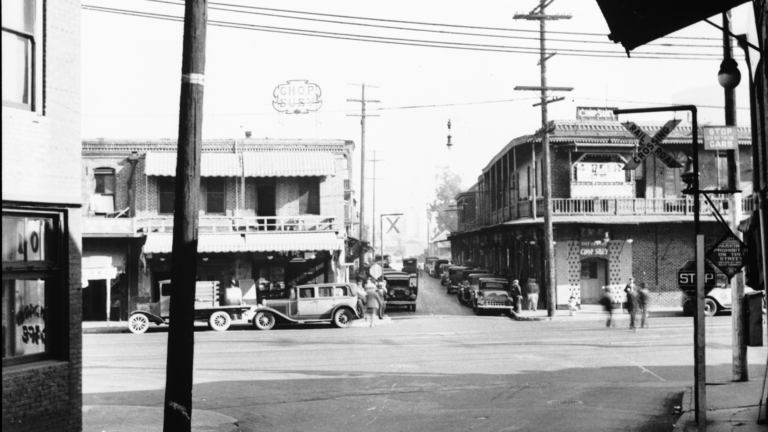
Virtual and augmented reality bring historical objects to life
USC Dornsife faculty use VR and AR to provide unprecedented, close-up interaction with the past.
In brief:
- Scholars are using virtual and augmented reality tools to aid history research.
- The tools also enable laypeople to visit places and examine objects normally only available to scholars.
- Using VR, people will turn the pages of a 15th-century book or stand before Renaissance-era artwork in the Vatican.
- An AR project will let people walk through the 19th-century neighborhood around Union Station, when it was home to Chinese immigrants.
For most people, the chance to walk through a re-creation of early 20th-century Chinatown in Los Angeles or page through a 15th-century Christian devotional book known as a Book of Hours is the stuff of fantasy. But faculty at the USC Dornsife College of Letters, Arts and Sciences aim to bring historical objects into people’s laps — sometimes literally — through innovations in virtual reality (VR) and augmented reality (AR).
“As faculty we want to conduct scholarly research, but not just for itself; we want to take that knowledge and make it as broadly and widely accessible as possible,” says Bill Deverell, professor of history, spatial sciences and environmental studies at USC Dornsife.